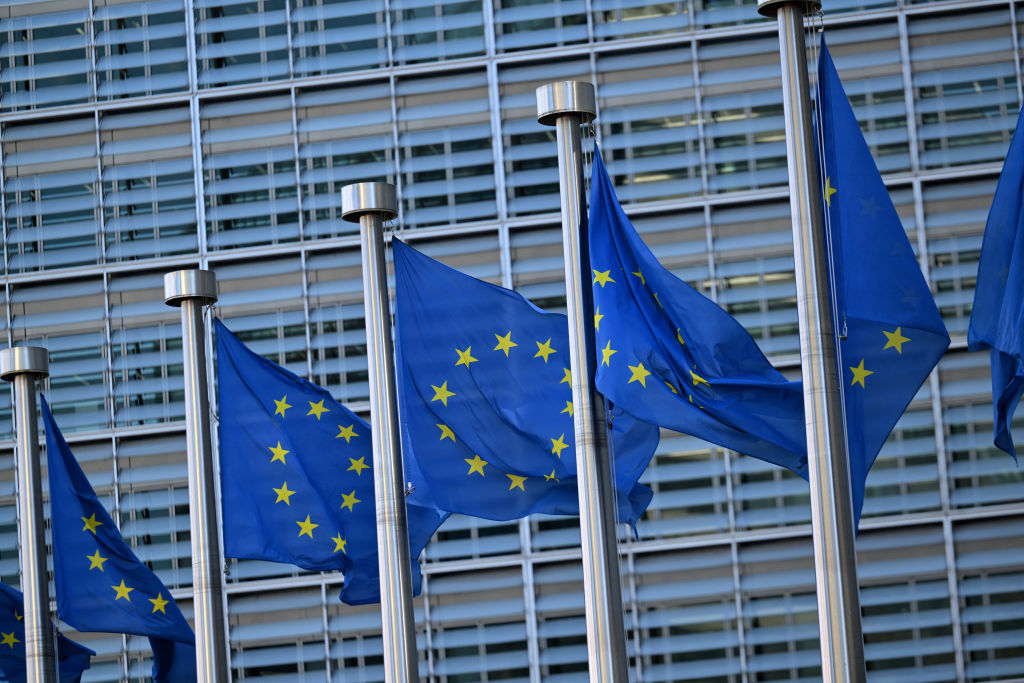Border posts have been dismantled. The armed guards and sniffer dogs have been retired. And the surly looking official who glances at you suspiciously before curtly handing back your passport has long since been consigned to the pages of dusty old spy thrillers. Over the last couple of decades, if the European Union had one crowning achievement it was surely freedom of movement. Borderless travel across the continent was by far the most meaningful change in daily life it had achieved. Indeed, when some Remainers in the UK start blubbing into their Prosecco about everything they have lost by leaving the EU, unrestricted travel is often what bothers them most.
But hold on. It now turns out that freedom of movement is a far more fragile liberty than we thought. As COVID-19 spread across the continent, countries started to lock down borders again, and imposed quarantine rules that made a mockery of the whole concept.
Germany has imposed restrictions on people arriving from Belgium, the UK, Ireland, and plenty of others. Hungary has imposed restrictions. Denmark is unhappy about travel to parts of neighboring Sweden, and Finland has imposed restrictions on travelers from other parts of Scandinavia. The list goes on and on. Traveling from one EU country to another is harder right now than at any time since the end of the Cold War, and, in the West, since World War Two.
In response, the Commission has been playing catch-up, this week proposing a common system of travel restrictions across the continent in a frantic effort to preserve the concept. It splits the EU up into red, orange and green zones, based on the rate of infection. Supposedly, movement is meant to stay largely free from green to green zone and national governments are not meant to impose restrictions or quarantines. The catch, however, is that virtually the entire continent is now orange or red. In practice, many borders are back in place, regardless of what Brussels thinks.
[special_offer]
It didn’t have to be that way, of course. COVID-19 doesn’t respect borders, and moves effortlessly across them. Infection rates vary from region to region rather than from country to country. But in a crisis, it turns out that borders are the easiest dividing line to enforce. The infrastructure remains in place, and movement from place to place can be relatively easily controlled. National restrictions have caused havoc for the transport industry, and for the hundreds of thousands of people who had grown used to working or studying between different countries. It remains to be seen whether free movement comes back in the same way once this is all over. Restrictions are always a lot harder to remove than they are to impose. Many countries may find their police and intelligence advisers quite like having border checks. We will find out in due course. For now, however, the EU’s crowning achievement is in tatters.
This article was originally published onThe Spectator’s UK website.

























